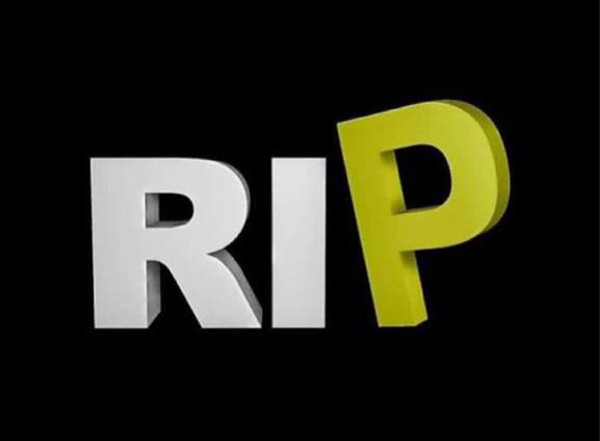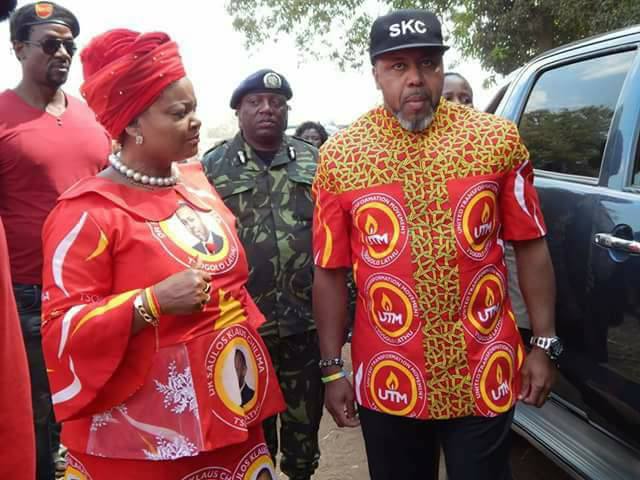President of opposition Peoples Progressive Movement (PPM) Mark Katsonga has cautioned Malawi Government against excessive borrowing, saying the move will eventually boomerang on the economy.
An economist Chikavu Nyirenda has also said the current borrowing is not the right way to go, but he argues that Malawi has no choice under the prevailing circumstances.
Katsonga, a prominent businessman, was reacting to government’s recent borrowing of US$250 million from the PTA Bank for procurement of fuel and fertiliser.
The government last year also borrowed US$50 million from PTA Bank and US$100 million from India in the wake of serious foreign exchange shortfalls.
But in an exclusive interview on Wednesday Katsonga said he was worried that the government has been borrowing for consumption and not production, a development he said will trap the country in burdensome debt.
“Let’s be careful with continued borrowing. We will be driving this country into a dangerous trap. We are sending this country into a dangerous quagmire and we may find that we are not able to come out of it.
“What government should do is review its economy and get the country producing again. Malawians are reputed for hard work, but our biggest problem is our leadership, which we need to transform,” said Katsonga, a former Malawi Confederation of Chambers of Commerce and Industry president.
Asked whether borrowing to buy farm inputs is not borrowing to promote production, Katsonga said such borrowing is still for consumption as the fertiliser goes into maize production which is not an export crop.
He argued that the government has to get reorganised so that it should borrow a lumpsum bailout package instead of piecemeal loans to restore the economy on track.
He proposed that the government should consult the industry and find out its forex needs so that it calculates total forex required in a specific period and ask for the bailout package.
Contributing to the debate on government borrowing, economist Nyirenda agreed with Katsonga’s view that borrowing for consumption is not advisable, but he said Malawi has no choice under the circumstances.
“This kind of borrowing is not advisable, but under the circumstances it is unavoidable otherwise we will come to a complete halt.
“The problem here is that we are borrowing effectively for consumption although it can be argued that some production will arise from use of the fuel and fertiliser. But effectively, it is consumptives in nature,” Nyirenda said.
He said, ideally, the country should borrow for productive purposes to increase its capacity to produce various goods and services.
According to Chikavu, borrowing that way can be justified as the increase in capacity will help to generate the required resources to liquidate the borrowing and long-term cash flow benefits would accrue even after the loan is paid off.
As at September 30, 2012, gross domestic debt stock amounted to K194.7 billion, and gross external debt stock amounted to US$1.19 billion (MK341.6 billion).
Ministry of Finance spokesperson Nations Msowoya said Malawi has so far only secured two lines of credit from India, a US$30 million and then US$50 million.
He said the government is now in the process of securing a third line of credit for US$76.5 million.
Among other things, he said the US$30 million line of credit was used to procure graders and other plant and equipment for PVHO, assorted tools and equipment for the Youth Enterprise Development Fund, and equipment for the OVOP and greenbelt initiative.
He said the US$50 million was used to procure 177 tractors, just to mention some.
He said the US$250 million PTA Bank facility is not a Government loan, but a Reserve Bank of Malawi (RBM) facility it has secured to finance the importation of fertilisers and fuel.
“Government will have to provide the kwacha to the RBM for them to make available the financing,” said Msowoya, referring The Daily Times to RBM for further details.
The current Malawi’s debt to GDP ratio stands at 54 percent of GDP as compared to 33.6 percent recorded in 2011.
“The debt levels are sustainable. The internationally recommended level of external debt depends on whether the country’s policies and institutions are considered to be weak, medium or strong. Malawi falls in the middle category…,” he said.
According to the latest annual debt report by the Ministry of Finance, Malawi’s total public debt grew by 67 percent in the year ending June 30, 2012 as compared to the previous year of 2011.
“This proportion of public debt to GDP is mainly due to huge depreciation of the kwacha, which significantly deflated the US$ value of the country’s GDP,” the report says.
Among some of the risks to the external debt, according to the Ministry of Finance report, is floating exchange rate regime which the government has adopted.
“The external debt portfolio is exposed to exchange rate risks owing to adoption of free floating rate. Hence any significant depreciation of the Malawi kwacha against foreign currencies can substantially contribute to higher debt service payments in local currency terms. As a result, there could be higher debt service payments in the budget than foreseen,” the report warns.
The World Bank and the International Monetary Fund (IMF) already wiped out millions of US dollars of Malawi’s debt in 2006 after the country qualified for full debt relief, a development that reduced the country’s foreign debt burden to US$400 million from about US$3 billion.
At that time, Malawi was saving about US$ 110 million every year that was used to pay foreign debt.




